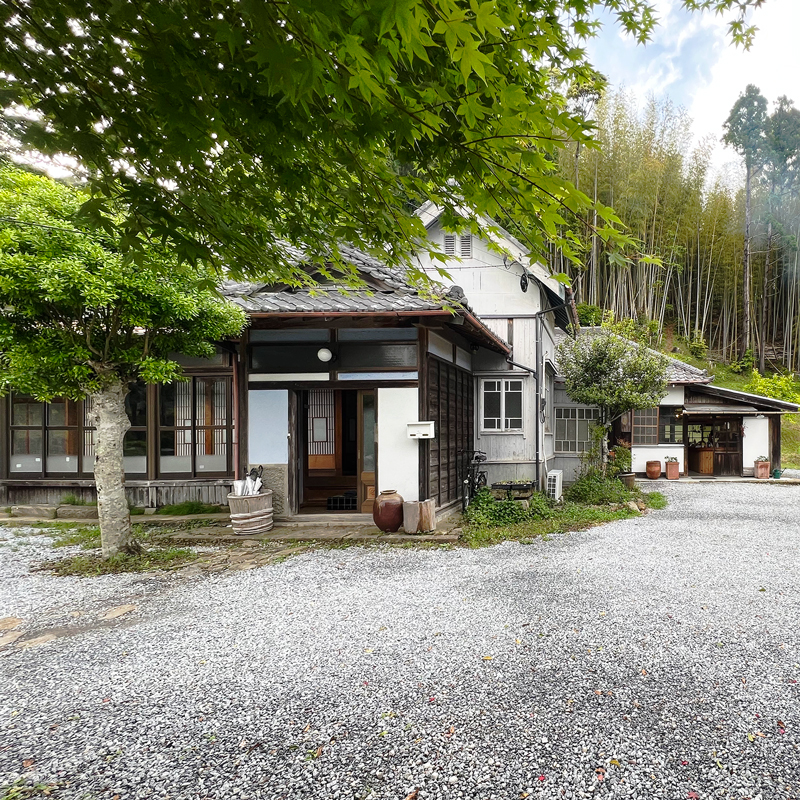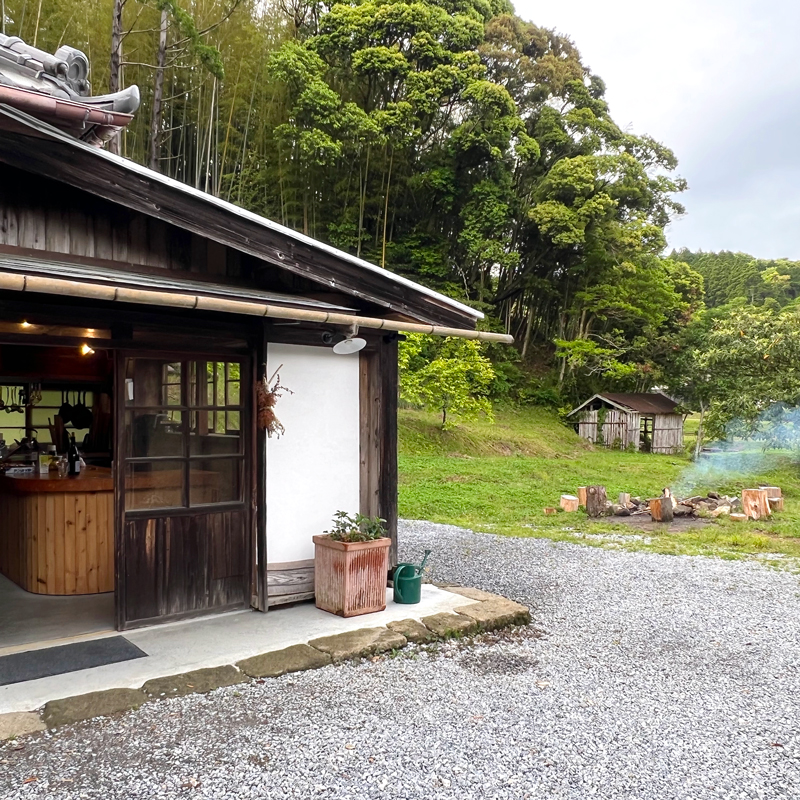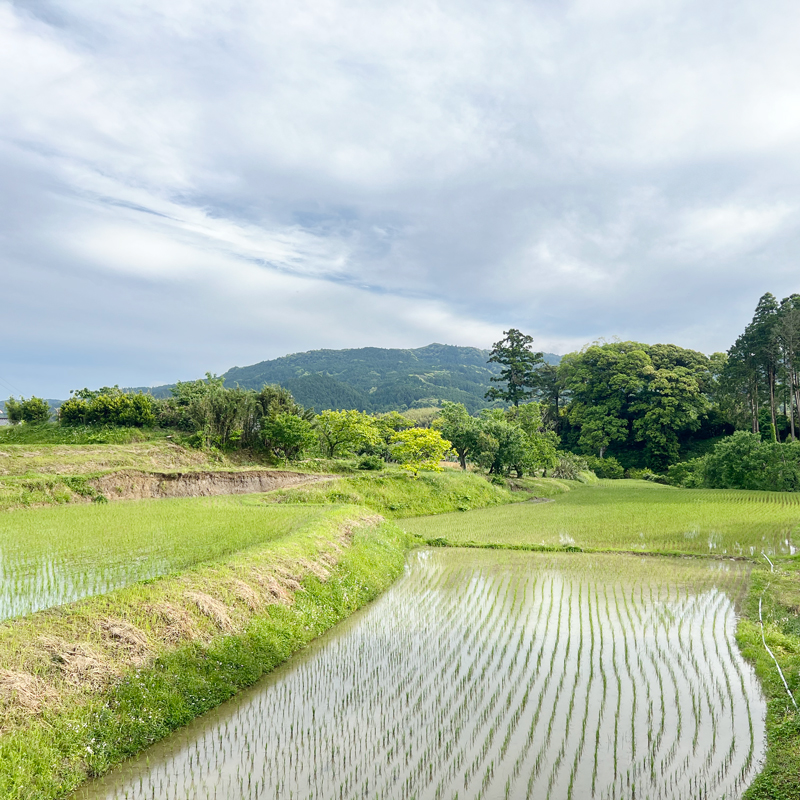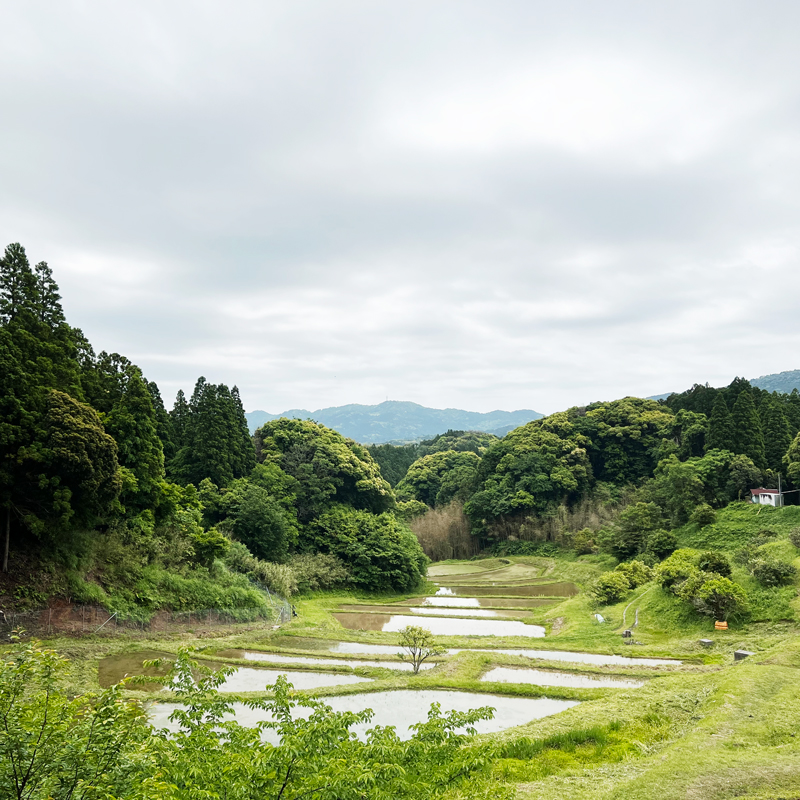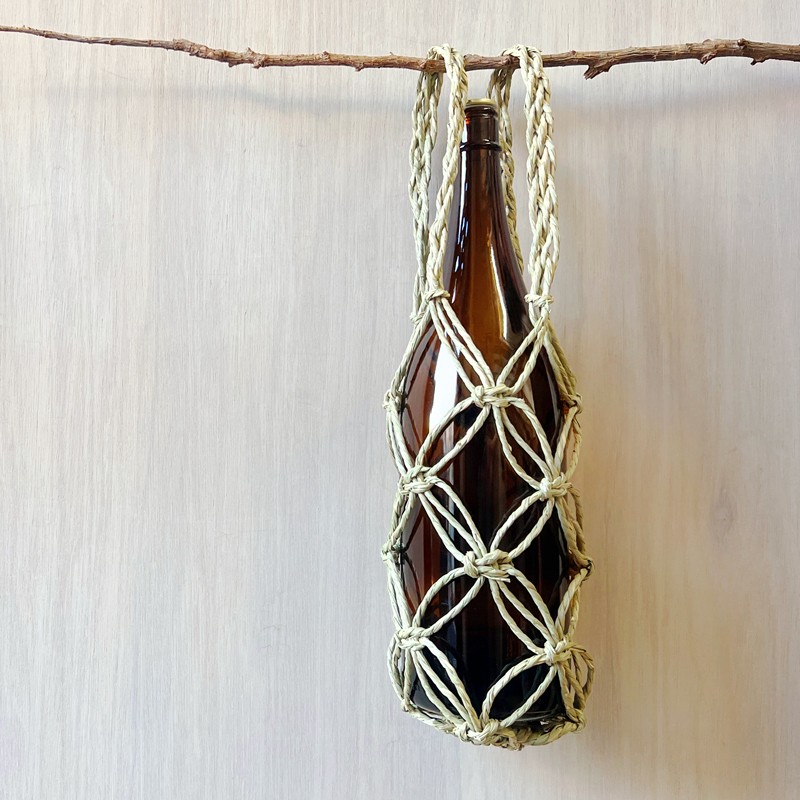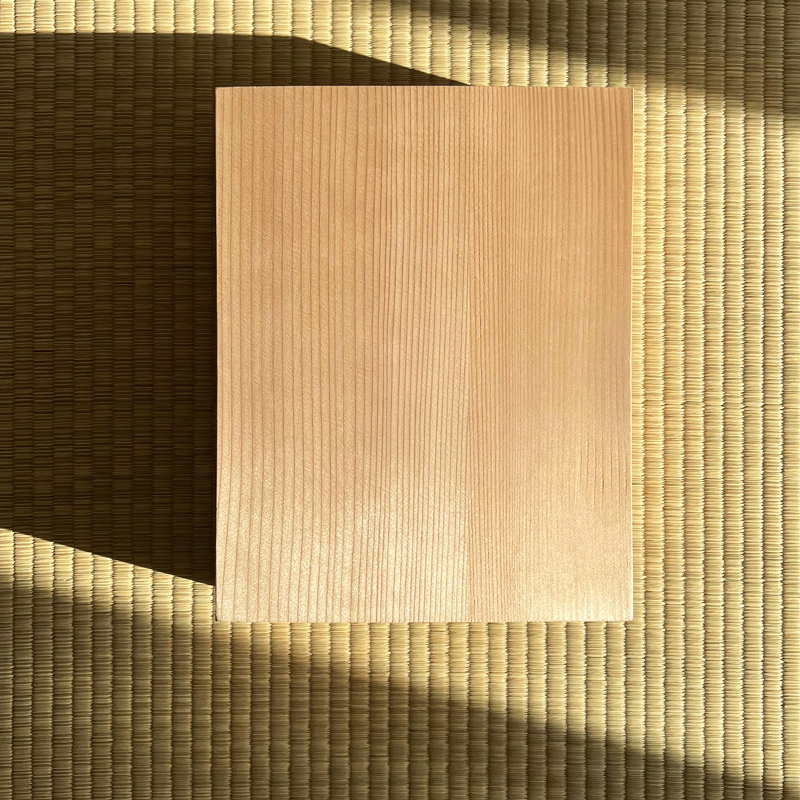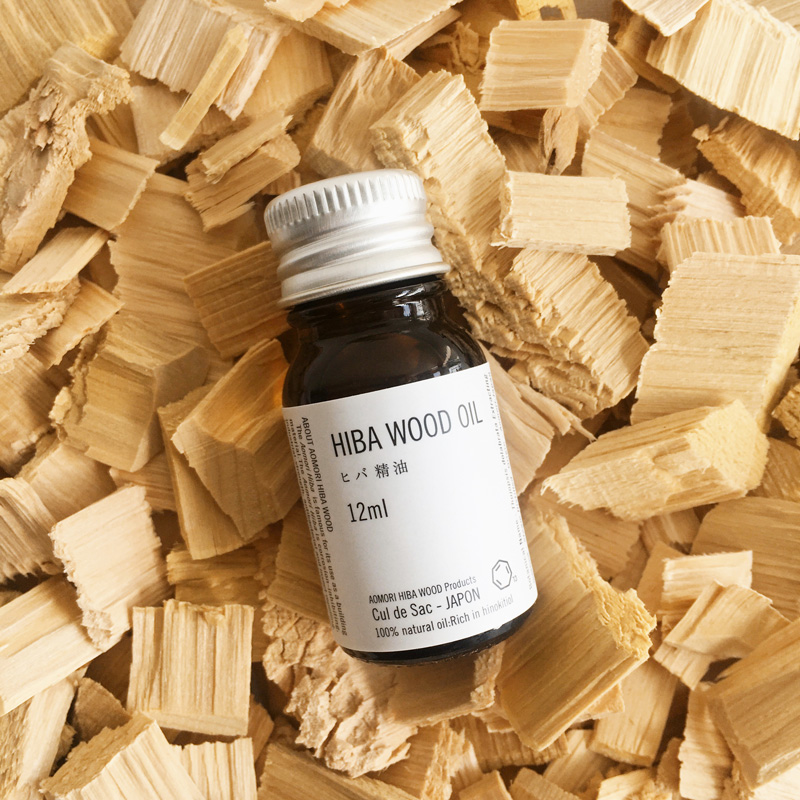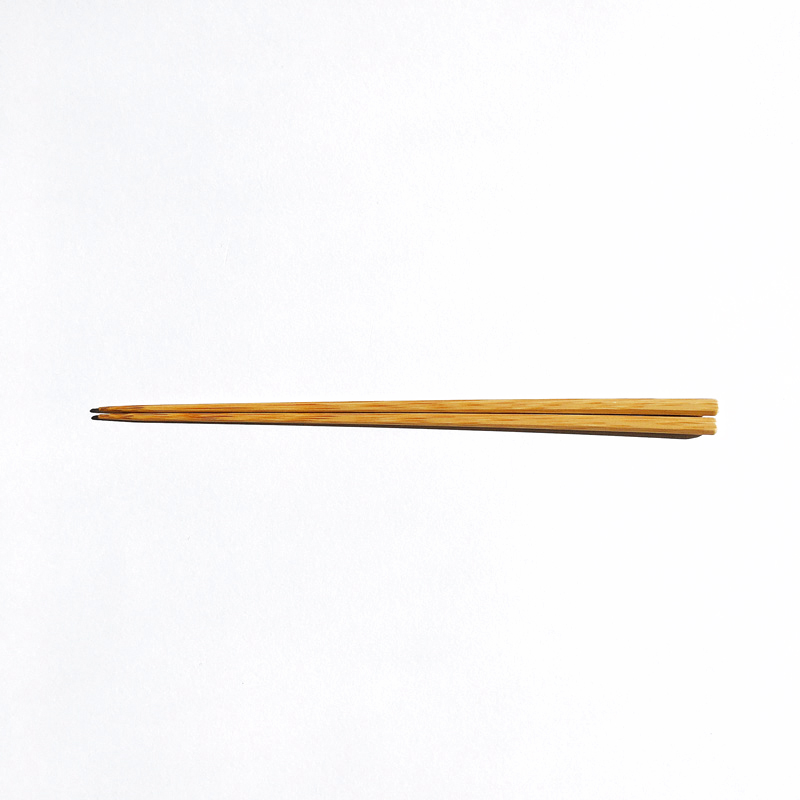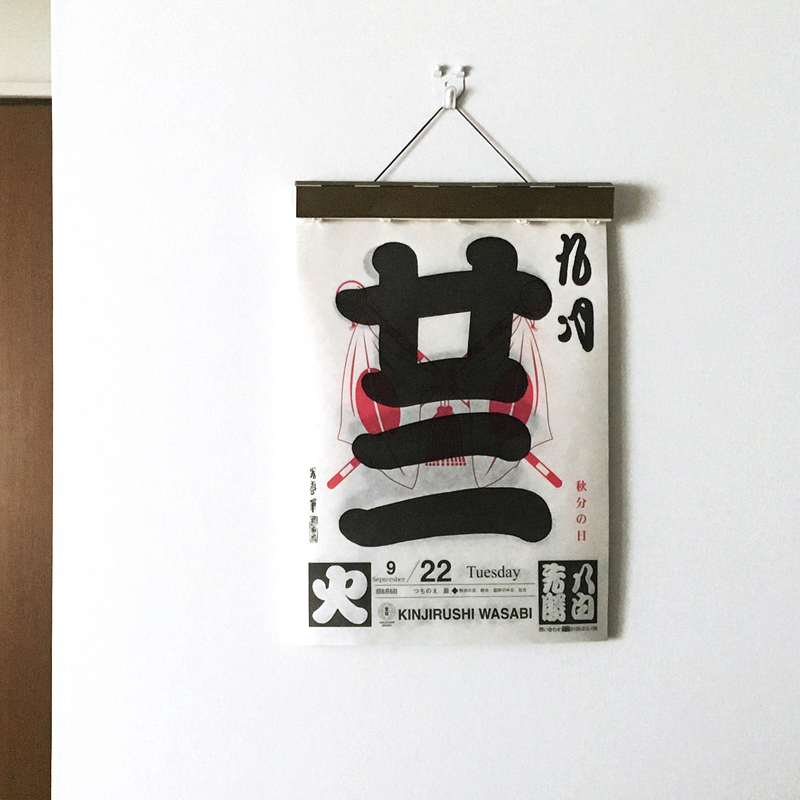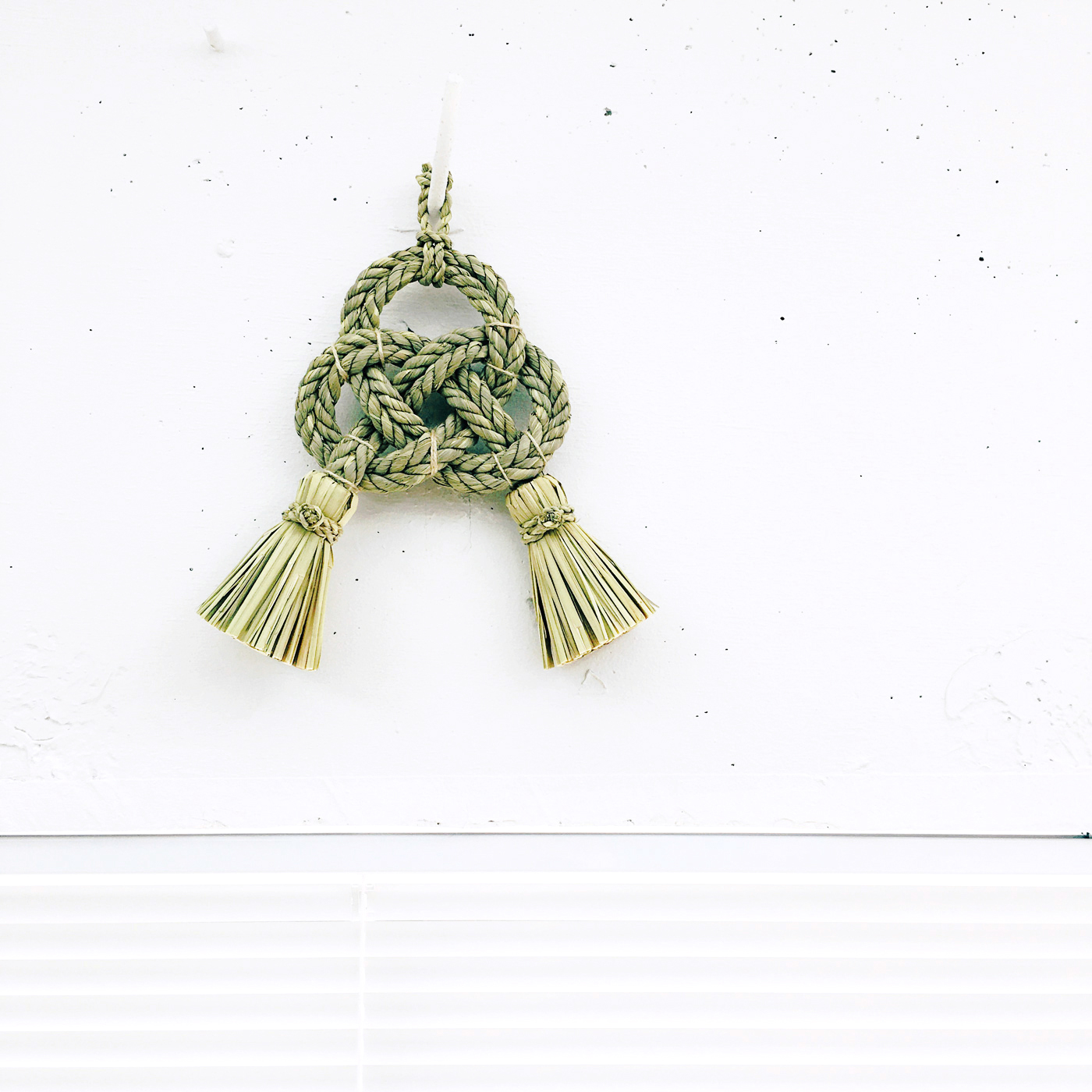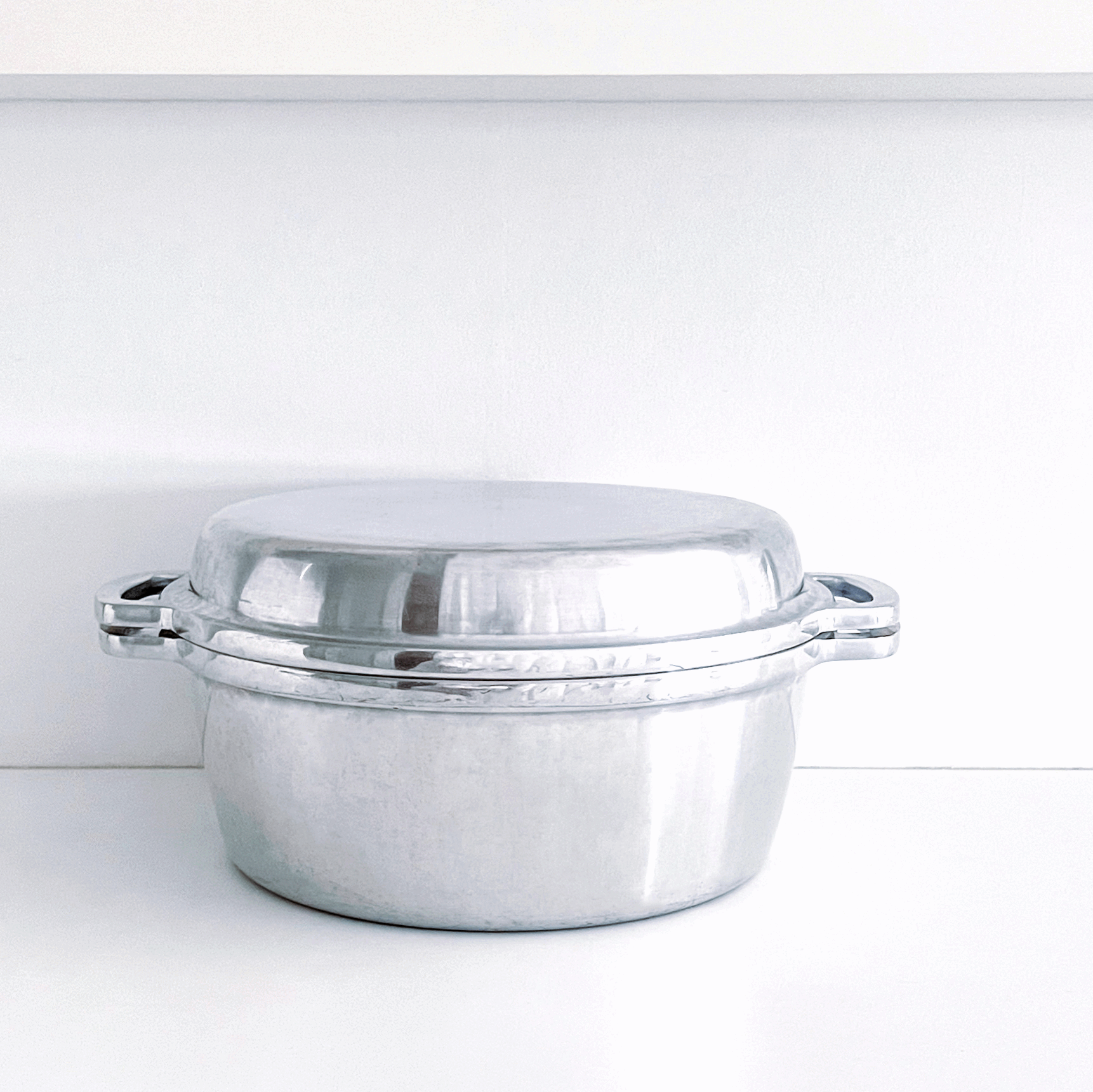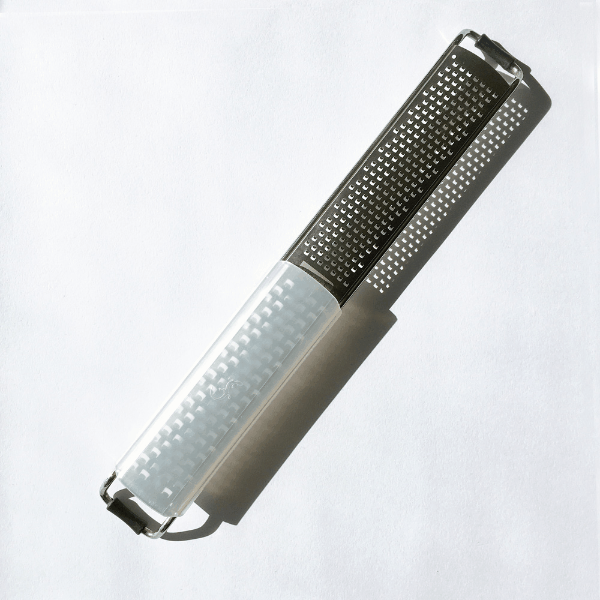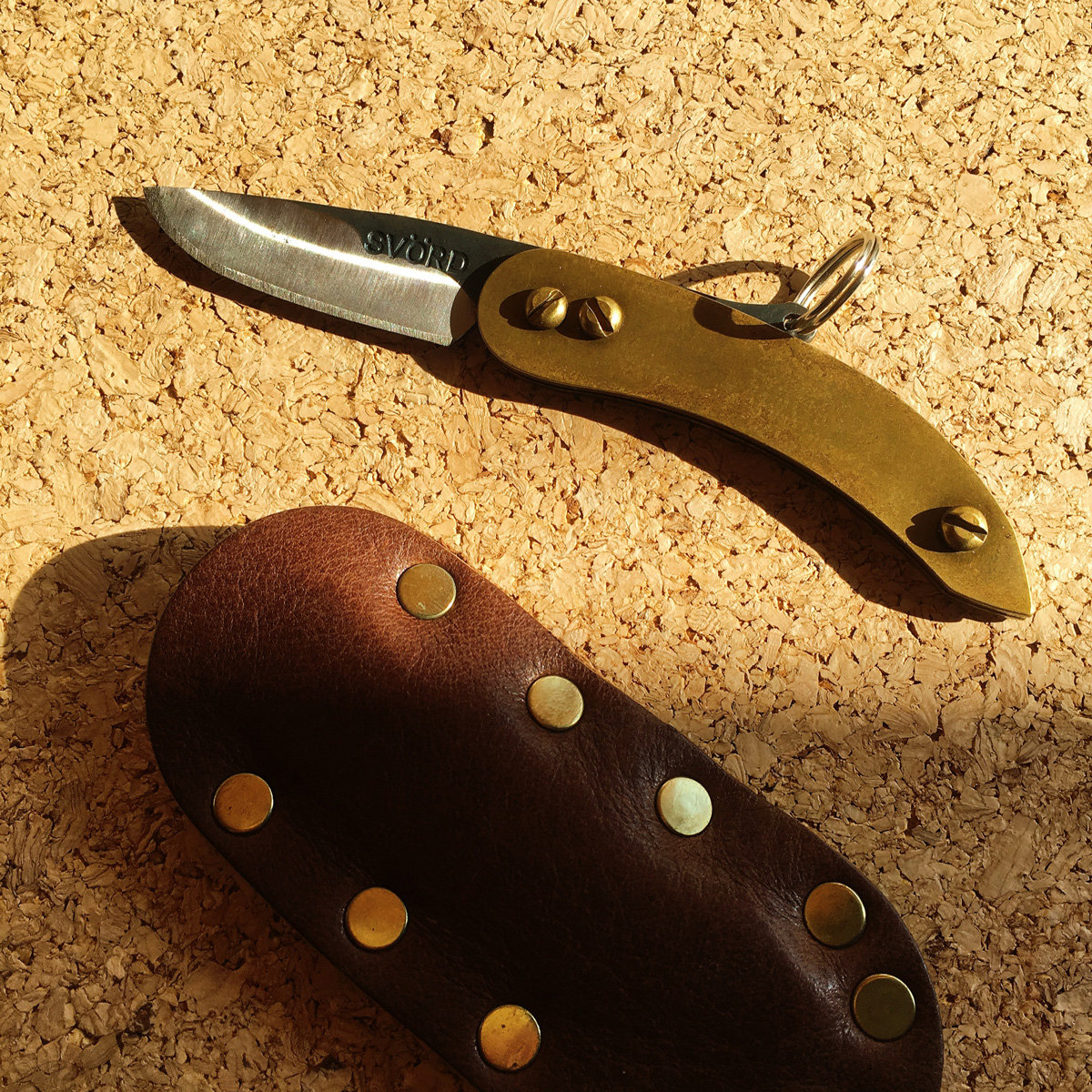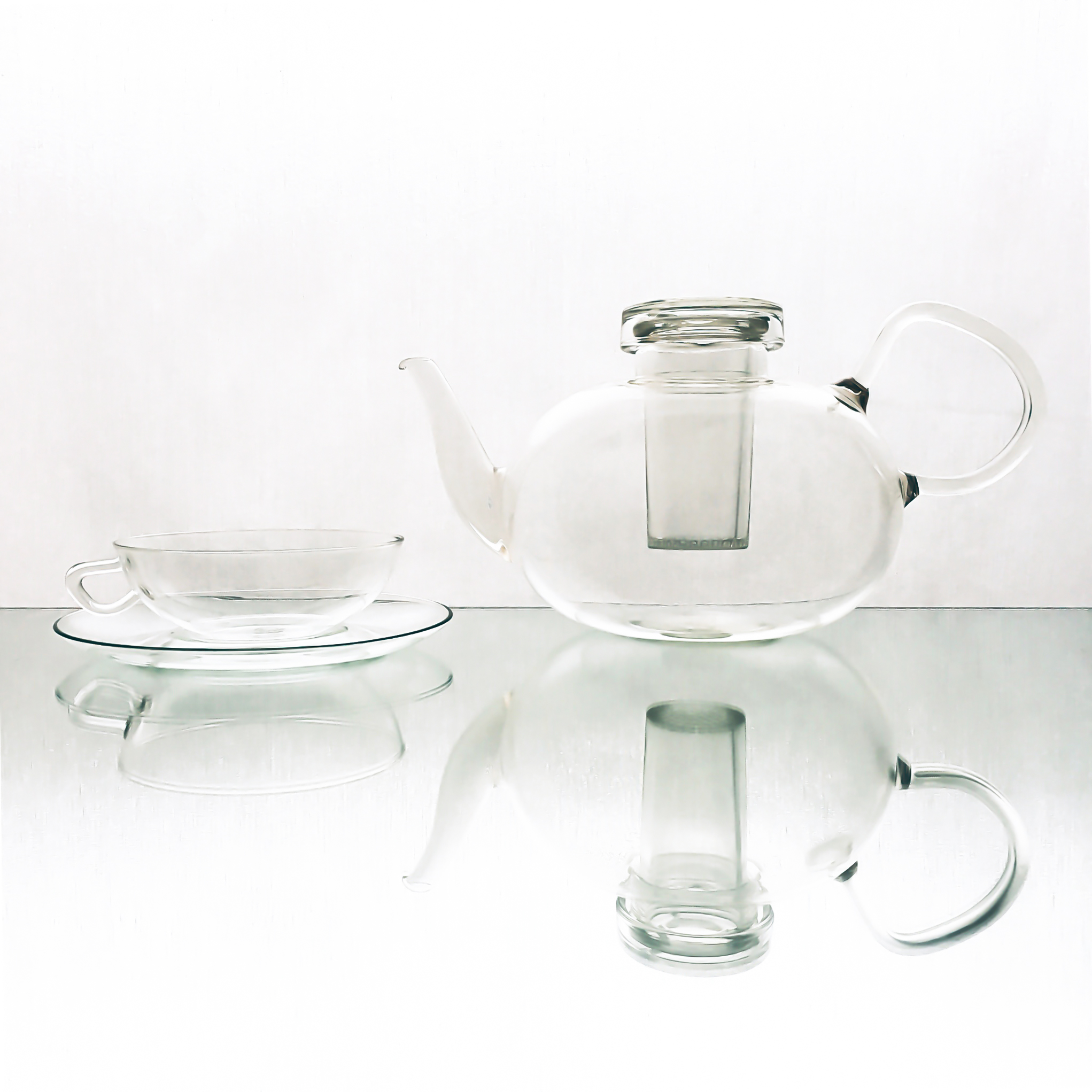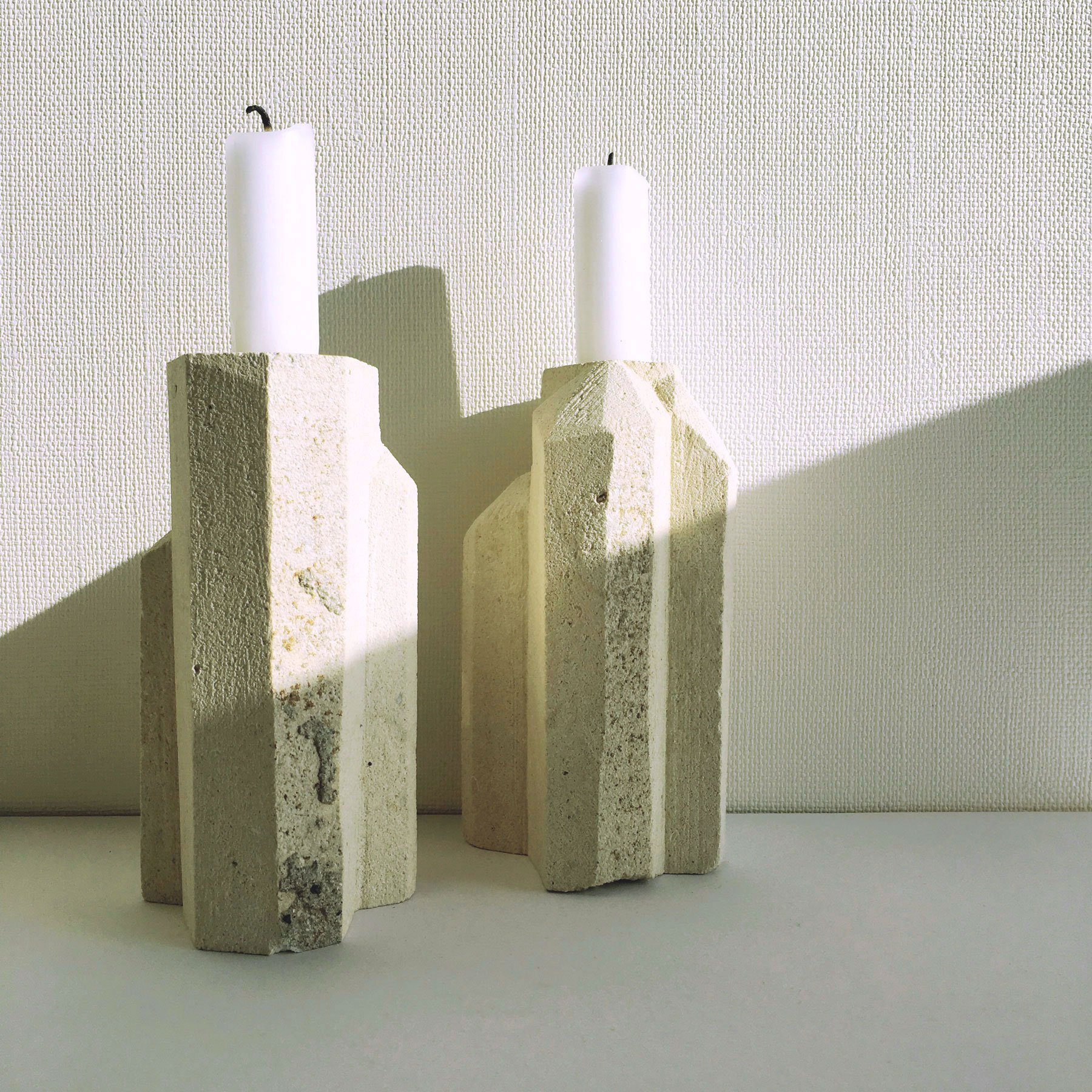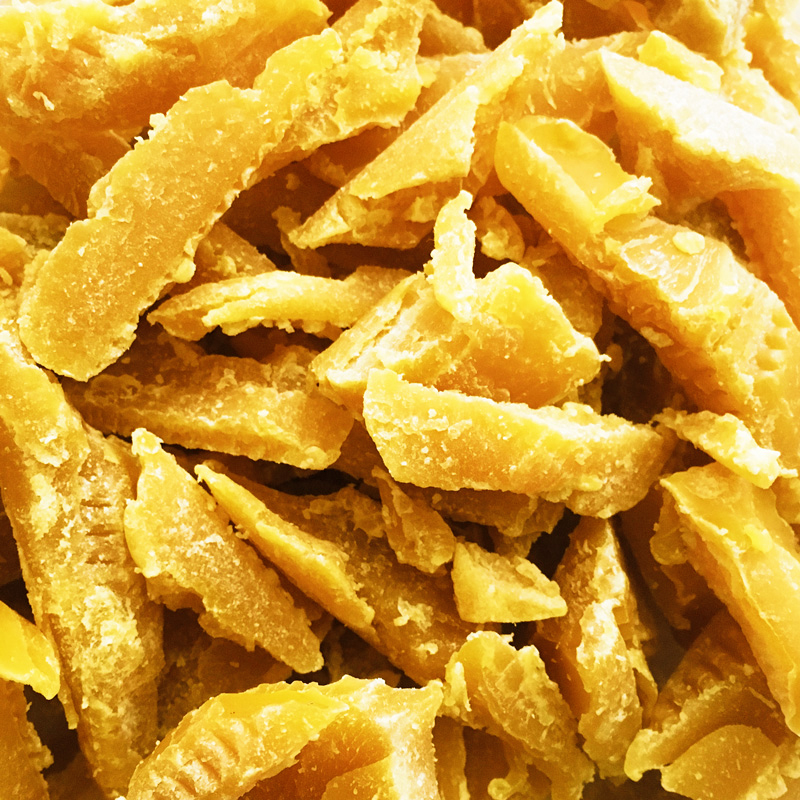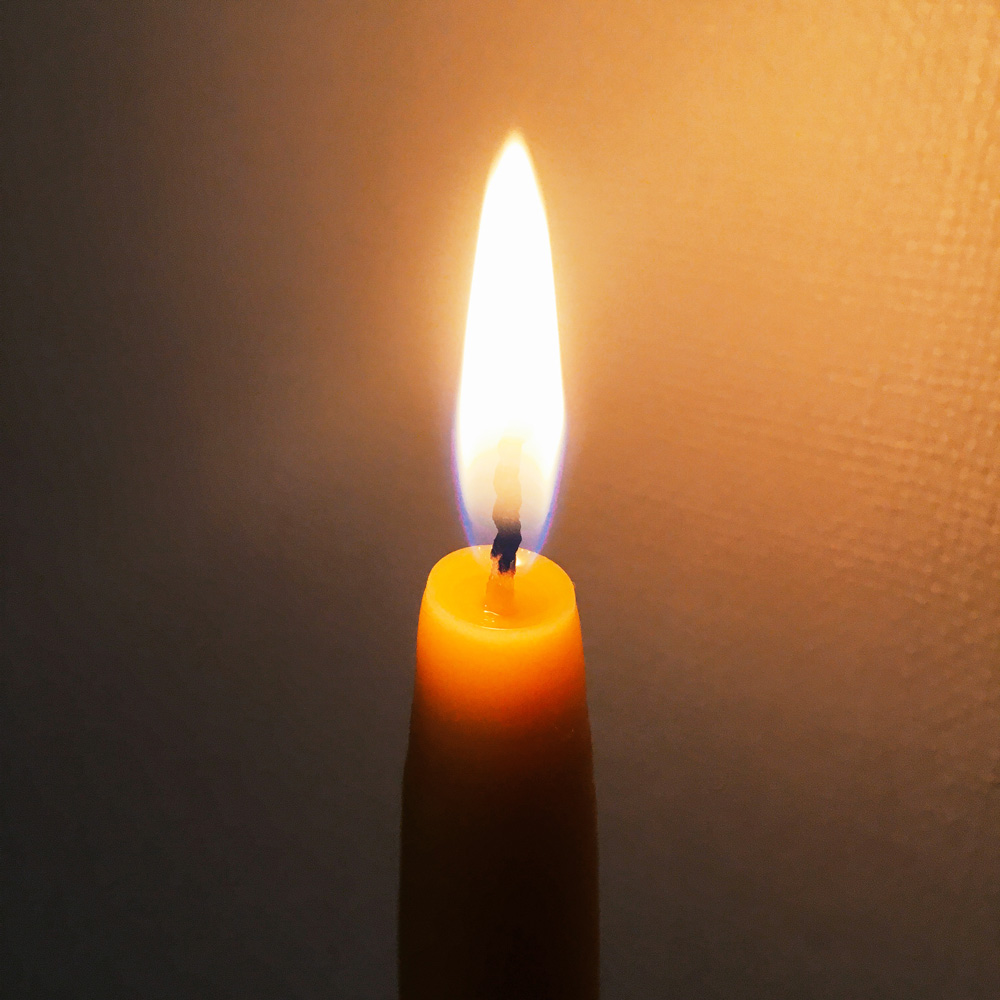#23
well-being / keeping / recycling
Old Folk House Shitasan
Small Earth
Kamogawa, Chiba, Japan
the product:
The old folk house “Shita-san" is located in the Kamanuma village of about 25 households in the mountains of Kamogawa, Chiba Prefecture. The village has a rich woodland and rain-fed paddy rice terraces, which is a beautiful land where the original scenery of Japan remains.
The house was originally belonged to a person who served as the village chief in the Taisho era(1912-1926) and there is a storehouse and a cowshed on the premises. There is a bamboo grove in the back of the house, and in front of the house, there are paddy fields.
The house had been lived in for generations, but it was damaged by Typhoon No.15 in 2019. At the same time, it was sold together with the woodland.
Afterwards, the old folk house has been reborn as a community space maintaining the style of the village chief’s house where people used to gather, and was named as “Shita-san”, retaining the trade name of the village chief.
Now the house is used not only for lodging, but also as a place where various people gather, such as cafes, corporate and university training, and events such as organic markets.
The renovation has started in 2021 and the students from the Tsukamoto Laboratory of the Tokyo Institute of Technology helped to carry out various construction work, such as dismantling and designing.
While maximizing the charm of the old folk house, it was carefully dismantled so that usable materials could be reused so as not to generate waste as much as possible. In addition, they use what is in the village to replace the missing items as much as possible, and are still gradually renovating the old folk house.
The renovation of the old folk house started in 2021. For renovation, they handled various construction work including dismantling and designing all by themselves with a cooperation of the students in the research lab of the university.
While maximizing the charm of the old folk house, they carefully dismantle the house so that usable materials could be reused so as not to generate waste as much as possible. They are renovating the house little by little using what is in the village as much as possible for what they need.
・Walls and Floors
The soil for the mud wall is made from the soil that came out when the trench for drainage was dug in the paddy rice terrace.
For the base of the mud wall, they put bamboos woven into a thin lattice, which are taken from the bamboo grove in the mountains behind. The mud walls, finished with layers of paint, harmonize with the old telephone and electrical wiring, which were left intact.
・Dirt floor (Doma)
The original soil was removed from the large dirt floor and bamboo stakes were driven into the soil to improve the environment. They finished the floor with concrete mixed with charcoal and straw.
Then, a new large counter-type community kitchen and a wood stove were built to create a lounge space where everyone can gather.
The lampshades in the lounge are made of finely woven bamboo taken from the mountains behind the house, as is the base material for the walls.
・Bathroom
The extended bathroom has a large window facing the mountain behind the house, giving it a sense of openness. The outer walls are made of recycled cedar bark that was cut down for wild animal damage control.
A round Shigaraki-ware bathtub placed by the window stores heat moderately and warms the body.
・Outdoors
There is a large bonfire space in front of the paddy field and a BBQ space with a roof adjacent to the main house, so you can enjoy it regardless of the weather. The former cattle shed is now a storeroom, and the storehouse is now a gallery.
The functional facilities/equipment that were added during the renovation of the old folk house “Shita-san", fit in as if they had always been there.
Even now, the renovation work continues little by little so that the building and the surrounding environment can circulate and harmonize.
(...)
(-)
the maker:
Yoshiki Hayashi lives in a old folk house “Yugitsuka" in the same Kamanuma village as the old folk house “Shita-san".While pursuing nature and art, Hayashi traveled around the world, including the U.S., Asia, and Europe, and moved to this area in 1999, fell in love at first sight with the beautiful farm villages that still retain the original Japanese landscape, such as rain-fed paddy rice terraces, charcoal-making huts, mandarin orange fields, and old thatched houses. Since then, under the theme of “a beautiful village creates a beautiful earth" in this aging village, he has presided over diverse activities that connect people to people, people to nature, and the city to the countryside, such as establishing the Kamanuma North Terraced Rice Field Owner System, the MUJI Kamogawa Satoyama Trust, the Association for Natural Sake Made in the Rain-fed Terraced Rice Field, the Kamanuma Charcoal Producers Association, the local currency Awamane, and university and business trainings. His entire activity is called “Sculpture of Life”.
After the Typhoon No. 15 disaster in 2019, he established a general incorporated association, Small Earth,
and started activities to make the entire Satoyama area, including old folk houses and terraced rice fields, a common property (commons) of society.
・Local Currency “Awa money"
In 2002, he introduces “awa money," a community local currency that can be used in the Awa region of southern Chiba Prefecture.
The system is like a passbook that can be used like money or barter, with 1awa = 1 yen, and is a mechanism for people living in the community to help each other in any way they can.
・Kamanuma North Terraced Rice Field Owner System
Since 2006, he has been inviting urban residents to become owners of terraced rice field to let the owners come to cultivate every month to preserve the rice in the field, that have become unmanageable due to the aging of the population.
Through this activity, local residents, new residents, and urban residents are connected, fostering a community that transcends the boundaries between the city and the countryside.
・NPO Uzu
The NPO Uzu, run by Hayashi, has been conducting the “Kamogawa Satoyama Trust" activities with the MUJI Institute for Quality Life since 2014. The activities are aimed at preserving Satoyama through Japanese food culture and handicrafts, including rice cultivation in the rain-fed terraced rice fields and making shimenawa ornaments out of harvested rice straw.
MUJI also built a terraced office right above the rain-fed terraced rice field, which is being preserved by the Kamogawa Satoyama Trust, as a symbol of a new way of working. It was designed by architect Yoshiharu Tsukamoto (Atelier Bow-Wow/Professor at Tokyo Institute of Technology).
・Thatch Restoration
In the fall of 2019, Typhoon No.15 hit Kamanuma village and blew off all the tin sheets covering the thatched roof of Hayashi's old house, Yugitsuka. Hayashi is fascinated by the beauty of the thatched roof, which was hidden by the tin sheets, and decides to restore the thatched roof.
In the past, Kamanuma village had a shared thatch farm where the material for thatch was grown.
And each year, new thatch was thatched on each house in the village in turn, thus circulating in the community.
However, due to depopulation, there is no more thatch field, common land, or communal work, which made thatched roofs became unsustainable and now become very expensive.
Hayashi began by clearing abandoned farmland to create thatch fields to grow silver grass, the material for thatched roofs.
To restore thatch, he created a "new association" and holds thatching camps every year to learn knowledge and skills from craftsmen, and replacing thatched roofs as a camp project.
・General Incorporated Association Small Earth
In 2019, as restoration work continues on his typhoon-damaged home, the traditional folk house “Shita-san”, also damaged by the typhoon, was put up for sale at the same time.
Hayashi decided to purchase the house jointly in order to ensure that it will not be lost to a single generation, but will be firmly connected to the future.
He has invited those who sympathize with his past activities for invest in the joint purchase and established the General Incorporated Association “Small Earth" through the joint purchase and operation of an old private house "Shita-san.
In addition to the old folk house “Shita-san," “Small Earth" works with city people to maintain the Satoyama environment by mowing the grass in winter, cultivating abandoned fields, and cutting down trees around electric fences to prevent damage from animals.
They sometimes hold lectures and workshops by carpenters, landscape architects, and other specialists to share various knowledge and skills with many people, such as adjusting doors and windows, improving the underground environment, and thatching, in an effort to create a sustainable cycle of life and society.
By combining the best aspects of nature, traditional culture and wisdom, and modern civilization, they are passing on a new culture to the next generation that will enrich the connection between people and nature. The revitalization of the Satoyama, which includes terraced rice fields and old folk houses that have been preserved for 1,000 years,
has spread to urban residents including businesses, universities, and NPOs, making the Satoyama of Kamanuma a “home for everyone" beyond geographical and blood ties.
small-earth.org
(...)
(-)
#25
cooking / eating
Waterless Cooker
HAL Musui
HIROSHIMA, hiroshima, Japan
- aluminium
- 20: W27.4cm H11.2cm inside ø20cm 24: W31.6cm H14.3cm inside ø24cm
the product:
Anhydrous pot® allows cooking without water. The pot preserves the nutrients of the ingredients by cooking with the water and oil of themselves, and brings rich flavors and tastes.
The pot and lid are made of cast iron, which is thick, lightweight, and durable. As they are highly airtight and keep the steam, you can cook without water. With the excellent heat efficiency of aluminum, the pot heats up quickly and evenly with a low heat. As the pot has excellent heat retention, you can also cook with residual heat. For basic anhydrous cooking, preheat the pot over medium-low heat for about 2 minutes (5 minutes for oven cooking), and drop a drop of water to see if the pot is warm enough to cook. When the water drops pop and roll around in the pot, it is a sign of the right temperature. The key is to warm the pot slowly over medium-low heat, rather than heating it all at once over high heat. Preheating the pot has the advantage that the ingredients will not stick to the pot.
The anhydrous pot® is also recommended for outdoor cooking. You can heat the pot from the top and the bottom by putting charcoal on top of the flat lid. Also, the lid can also be turned over and used as a skillet.
For example, you can cook something with the lid as a skillet over the pot while using it as a lid, you can easily steam a whole chicken.
You can also stir fry something with the lid over the pot filled with warm soup, the food can be kept warm with the heat of the soup.
This anhydrous pot® is very useful. You do not need to carry a variety of cooking utensils because it can be used not only as a pot but also as a lid, skillet, and steamer.
After cooking, it is better to store the food in a separate container because leaving the food in the pot can damage the metal parts with salt and water from the food. The pot may become dark as you use for a long time, however, it does not affect the human body.
To clean, allow the pot to cool sufficiently before washing it with a neutral detergent. If the stain does not come off with a neutral detergent,
take an appropriate amount of cleanser on a steel scrubber and brush in a circular motion.
As the anhydrous pot® is made from unpainted aluminum, you would not notice any damages even if they get scratched.
More you use it, the more it will become your own pot.
Received the “Good Design Award" and “Good Design Long Life Design Award".
The KING series on sale is compatible with gas and IH, and the lid is only for open flames.
Available in 3 sizes with an inner diameter of 18cm, 20cm, and 24cm.
*The images show shows a 24cm anhydrous cooker®, which is a previous gas-only model. It is currently available in limited quantities and on special offer.
(...)
(-)
the maker:
Tajima Kurazo Shoten was founded in 1921. The company’s history began with the manufacture and sales of aluminum hagama, a rice cooking pot. The pot, which are light and easy-to-cook, became very popular because of its compatibility with kamado, an old-style cooking stove, which was the heat source in kitchens at that time, Around 1946, the heat source in the kitchen shifted to gas stove from kamado with the spread of gas. In 1947, Hiroshima Aluminum Industry Co., Ltd. was founded.
In 1950, Tajima Kurazo Shoten was renamed to Tajima Shoten Co.
The two pillars of the business were divided to Hiroshima Aluminum Industry as a manufacturer and Tajima Shoten as a wholesaler.
In 1953, with the casting and processing technology that had grown to be reputed as one of the best in the world, the company developed the “Anhydrous Nutritional Pot”, which could cook rice as deliciously with gas as it did with a hagama.
In addition to cooking delicious rice, the pot can be used for simmer, boil, bake, steam, fry, deep-fry, and oven-cook.
The anhydrous pot®, which draws out the flavor of ingredients in a short time, has become a long-seller, selling a total of 10 million units. Later, the sand-casting technology for aluminum products was highly evaluated, and the company entered the automotive parts industry.
In 1963, the trademark “anhydrous pot®" was officially registered.
As time went by, the choice of heat source increased from kamado to gas and IH, and the forms of families changed from large families to nuclear families.
With reliable technology, the company is developing products that are compatible with both gas and IH, and also expanding the product lineup to include smaller sizes to meet the changing times.
In 2018, the company establishes a distributor, HAL MUSUI CO., LTD, which name is a combination of the
alphabet “H” for Hiroshima and “AL” for aluminum taken from the manufacturer Hiroshima Aluminum Industry Co., Ltd.
They named the anhydrous pot®, which has been loved by customers for nearly 100 years, as a “KING” series and named the series with improved design and functionality as “HAL”. The company is continuing to accompany diversifying lifestyles.
These pots and pans have been carefully crafted by artisans in Hiroshima using casting techniques that have remained unchanged since they were first developed.
(...)
(-)
#10
lighting / wrapping / keeping
BEESWAX
Everywhere
About Beeswax
Beeswax is a refined honeycomb made of wax secreted by bees when they mix pollen and other substances in their bodies. There are two types of beeswax: yellow beeswax, which contains unrefined and unbleached ingredients, and white beeswax, which is bleached and has no scent. Yellow beeswax varies from pale yellow to deep orange and brown, depending on the harvested areas, the types of bees, the types of flowers collected by bees and the amount of pollen. It has a subtle, sweet scent and a slightly sticky texture. Beeswax is antibacterial and water resistant, and has a wide range of uses including candles, crayons, furniture wax, leather creams and balms. It is also used in food such as canelé, which are baked in moulds coated with beeswax, chocolate and sweets.
Beeswax Taper Candles
Compared to paraffin, the raw material for ordinary candles, beeswax burns slowly with a higher melting point of about 62°C to 65°C and it does not produce heavy soot. To make the traditional European dipping taper candle, you don’t need a mold as long as you have a kite string. First, hold the center of the kite string and repeat the process of dipping both ends to the melted beeswax and drying them. As you proceed, shape the core to make it straight and when the beeswax becomes your desired thickness, hang it up and leave to harden. The process fully utilises the kite string, because by dipping the two ends into beeswax you can create two candles at the same time. You simply cut the string when you want to light the beeswax candles. Their beautiful shape, which is formed as the beeswax drips and dries, captures a sense of gravity. The warm orange light of beeswax candles and their subtle, sweet scent will make you feel calm and relaxed. Beeswax candles were used in the days when there was no petroleum-derived paraffin, gas, or electricity. When you light a beeswax candle, you feel a new appreciation for both nature and electricity.
Beeswax Wraps
Beeswax wraps are made from cloth soaked with beeswax. By using the warmth of your hands and pressing firmly when wrapping, the slightly sticky beeswax paper will soften and stick together.
They can be used to wrap bread or rice balls to keep them dry, [to cover plates or containers, or to fold into a origami bag to hold snacks. Beeswax wraps are also perfect for storing cheese, because they allow the cheese to “breathe" and stay moist. Also, in New Zealand and Europe you could take your beeswax wraps to the delicatessen or supermarket, and ask for your cut cheese, sliced meats etc.. to be wrapped in the wraps instead of plastic bags. So the wraps can be used to live a more sustainable, ECO lifestyle. And also the antibacterial and moisturising properties of beeswax help to keep food fresh and reduce food loss.
The beeswax wraps can be washed in water and reused for 6 months to a year. They are also environmentally friendly and fully biodegradable. With a piece cloth of any size, beeswax, an iron, and cooking paper, you can easily make a beeswax wrap.They can be used to wrap bread or rice balls to keep them dry, [to cover plates or containers, or to fold into a origami bag to hold snacks. Beeswax wraps are also perfect for storing cheese, because they allow the cheese to "breathe" and stay moist. Also, in New Zealand and Europe you could take your beeswax wraps to the delicatessen or supermarket, and ask for your cut cheese, sliced meats etc.. to be wrapped in the wraps instead of plastic bags. So the wraps can be used to live a more sustainable, ECO lifestyle. And also the antibacterial and moisturising properties of beeswax help to keep food fresh and reduce food loss.
The beeswax wraps can be washed in water and reused for 6 months to a year. They are also environmentally friendly and fully biodegradable. With a piece cloth of any size, beeswax, an iron, and cooking paper, you can easily make a beeswax wrap.
They can be used to wrap bread or rice balls to keep them dry, [to cover plates or containers, or to fold into a origami bag to hold snacks. Beeswax wraps are also perfect for storing cheese, because they allow the cheese to “breathe" and stay moist. Also, in New Zealand and Europe you could take your beeswax wraps to the delicatessen or supermarket, and ask for your cut cheese, sliced meats etc.. to be wrapped in the wraps instead of plastic bags. So the wraps can be used to live a more sustainable, ECO lifestyle. And also the antibacterial and moisturising properties of beeswax help to keep food fresh and reduce food loss.
The beeswax wraps can be washed in water and reused for 6 months to a year. They are also environmentally friendly and fully biodegradable. With a piece cloth of any size, beeswax, an iron, and cooking paper, you can easily make a beeswax wrap.They can be used to wrap bread or rice balls to keep them dry, [to cover plates or containers, or to fold into a origami bag to hold snacks. Beeswax wraps are also perfect for storing cheese, because they allow the cheese to "breathe" and stay moist. Also, in New Zealand and Europe you could take your beeswax wraps to the delicatessen or supermarket, and ask for your cut cheese, sliced meats etc.. to be wrapped in the wraps instead of plastic bags. So the wraps can be used to live a more sustainable, ECO lifestyle. And also the antibacterial and moisturising properties of beeswax help to keep food fresh and reduce food loss.
The beeswax wraps can be washed in water and reused for 6 months to a year. They are also environmentally friendly and fully biodegradable. With a piece cloth of any size, beeswax, an iron, and cooking paper, you can easily make a beeswax wrap.
(...)
(-)

